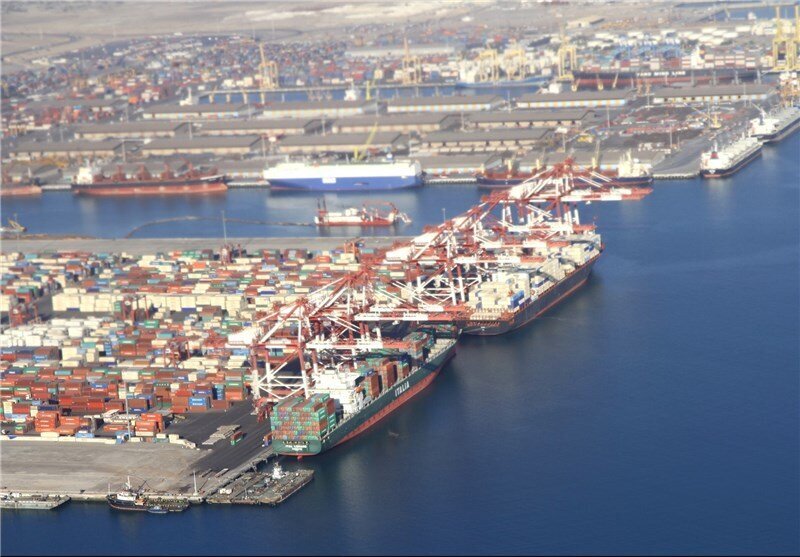17 countries eager for contribution to Chabahar Port development

TEHRAN - Iranian deputy industry minister said 17 countries have expressed willingness for contribution to development of Chabahar Port in southern Iran, Tasnim news agency reported on Wednesday.
“At a conference held to attract foreign investors to develop Chabahar Port, 17 foreign countries announced their readiness [for contribution to the port’s development],” Hossein Modares Khiabani said.
Referring to the comprehensive development plan of Chabahar Port, the official pointed to some of the provisioned projects in this port including setting up a rice processing plant, construction of slaughterhouse, construction of oil drainage tanks and preparation of silos with over 100,000 tons of capacity.
“Currently, unloading and loading of goods at the port of Chabahar has no limitations in terms of facilities compared to other ports, and we seek to rapidly activate at least 50 percent of its 8.5 million-ton capacity,” Modares Khiabani said.
Inviting the country’s investors for participation in the Chabahar development projects, the official said, "We believe that trade and commerce are the drivers of production in the country, and therefore the infrastructure for boosting them must be developed to increase production."
Located at southeastern Iran, on the Gulf of Oman, Chabahar is the home for Iran's only oceanic port.
Due to its strategic geographical positioning, Chabahar Port holds a great significance for Iran both politically and economically.
After years of negotiation, Iran has awarded the development project of this port to India, and the South Asian country committed $500 million to build two new berths in this port.
Chabahar has two main ports, Shahid Kalantari port and Shahid Beheshti port. Shahid Kalantari port’s development has been finished in 1983. However, the development project for Chabahar’s Shahid Beheshti port is planned to be implemented in five phases of which the first phase was started in 2007 and due to financial problems resulted from U.S.’s first round of sanctions on Iran the project was almost halted until 2016 in which the sanctions were lifted over Iran’s economy.
EF/MA
